Modeling vs Sculpting: What's the Difference?
Lots of businesses order 3D visualization of their products. But how many of their managers and owners actually know how those amazing visuals are made? Is it important, one might ask, doesn’t the result matter, and not the process itself? Perhaps some might have such an opinion but this line of thinking can lead to workflow issues and misunderstanding when commissioning CGI. That can happen because things that are obvious for a 3D artist are not common knowledge, and most people have little idea about the inner workings of the industry. For instance, clients of a CGI studio might confuse 3D modeling and sculpting, thinking that the latter is just one of the forms of the former. While technically 3D sculpting is indeed one of the types of 3D modeling, i.e. a way to create a 3D object, the terminology needs some clarification. So, let us explain the differences between the two!
#1. Definitions
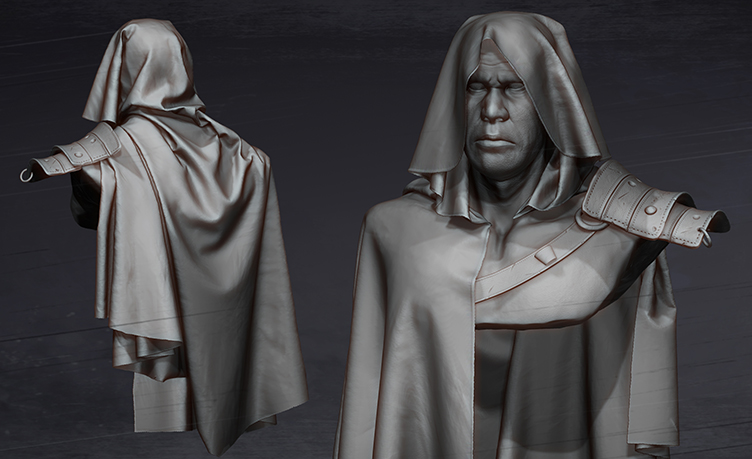
Before we begin our comparison, let’s take a look at the 3D modeling definition. 3D modeling is largely seen as an umbrella term used for a variety of techniques of making three-dimensional objects with the help of computer software. However, it has several meanings, and the one that professionals use refers to a particular method of creating CGI assets.
In layman’s terms, 3D modeling means gradually ‘building’ an item by the subsequent addition of polygons — small blocks with three or more vertices. 3D sculpting, on the other hand, is a process that involves 3D artists manipulating a polygon mesh of an item like real sculptors. They shape, stretch, and carve it with digital tools, resulting in a very high-quality rendition of a CG object.
#2. Main differences
Now that the terms are clear, what’s the big difference between them? After all, both 3D modeling and sculpting produce equally good-looking results. The main contrast between the two is the nature of the 3D models generated by each method. The ones made by standard modeling can be changed on the sub-object level. Which means that the artist can manipulate vertices, edges, and faces of a polygon mesh that the item is made of. A sculpted model is a whole entity, a statue of sorts. This increases file size and usually makes it more difficult to edit.
The other major difference between modeling and sculpting is the type of skill required to make 3D models of each type. The former relies on geometry and precise calculations while the latter requires a more artistic approach. 3D sculpting is also easier to mess up, so specialists need to be extra careful to avoid mistakes and triple check everything.
#3. Pros and cons
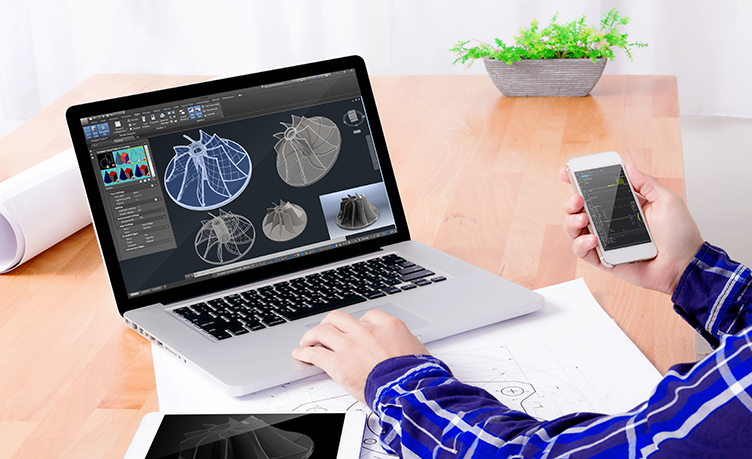
Since we are comparing 3D modeling vs sculpting, a question inevitably pops up — is one better than the other? Short answer — no, not really. Both methods have their pros and cons.
A major drawback of regular 3D models is the difficulty that comes when creating organic shapes. Sure, it’s possible, but will require a lot of time and effort for 3D specialists to make the right frame with lots of curves and asymmetric elements. So, one should use this technique for creating angled objects, such as a chair or a table.
While 3D sculpting is perfect for complex and unique designs due to its non-rigid limitations. This method of 3D modeling for product design is the right choice for manufacturers who produce items that have organic or unusual shapes. However, like was mentioned previously, creating 3D sculptures requires a specific set of skills. So, 3D artists skilled enough to use 3D sculpting software are uncommon and might demand higher pay.
#4. Uses
While both types of 3D modeling are viable for almost any purpose, there are certain spheres of use where one shines and other doesn’t. For instance, regular polygon modeling is best used for hard-surface objects with strict lines. This makes it perfect for architecture and product visualization. 3D sculpting, on the other hand, is the right choice for creating items with smooth outlines and organic shapes. It is extremely popular among 3D artists that design characters for video games and CGI movies.
Another important sphere of use is 3D printing, as it’s rapidly gaining popularity among manufacturers. Usually, a regular 3D model would suffice if the object in question has a relatively simple shape. However, new 3D printing devices allow for finer details to be replicated. That makes 3D sculpting a viable source of templates as well. All in all, product companies are free to choose any option, as long as it fits their needs — both are good for the job.
#5. Software and hardware
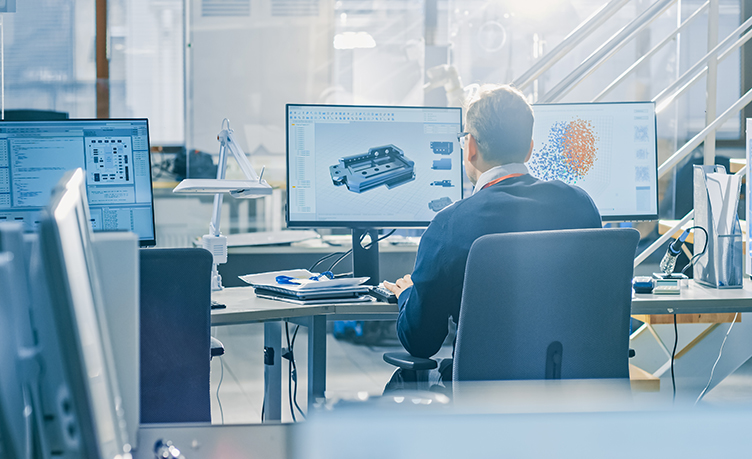
Last, but not least, are the differences in software and hardware used for modeling and sculpting. There are dozens of programs for creating standard 3D models, most popular being 3Ds Max and Blender. With sculpting, the situation is a bit more complex. There are standalone programs like ZBrush but lately, there has been a growing trend to incorporate 3D sculpting toolsets into every CGI creation program.
As for hardware, 3D modeling requires a moderately powerful rig with a lot of processing power for rendering, especially for complex items. The software can be operated with mouse and keyboard, like pretty much everything. Sculpting can technically be done with a mouse too. However, any person that has tried painting with it would attest that it is way too difficult and inaccurate. As such, 3D sculptors tend to use digital art tablets in addition to the powerful PC setup.
3D modeling is largely seen as an umbrella term but it’s more accurate to distinguish 3D modeling and 3D sculpting. While both techniques are pretty difficult to learn and master, each requires a different set of skills. Regular 3D models are ‘built’ with polygons while 3D sculpts are created with a toolset similar to what actual sculptors use. As for the uses, it depends on the type of product. Traditional polygonal modeling is perfect for items with rigid shapes and surfaces, while 3D sculpting shines in creating objects with organic and smooth shapes. All in all, while modeling and sculpting can be used to accomplish the same goal, customers should account for the type of object before choosing the method to visualize it in 3D.
Want to work with professionals who know for sure which 3D visualization technique is the right fit for your project? Visualize your products in the best way possible with our 3D modeling services!
Let us know if you’ve got an interesting project and want to work together!

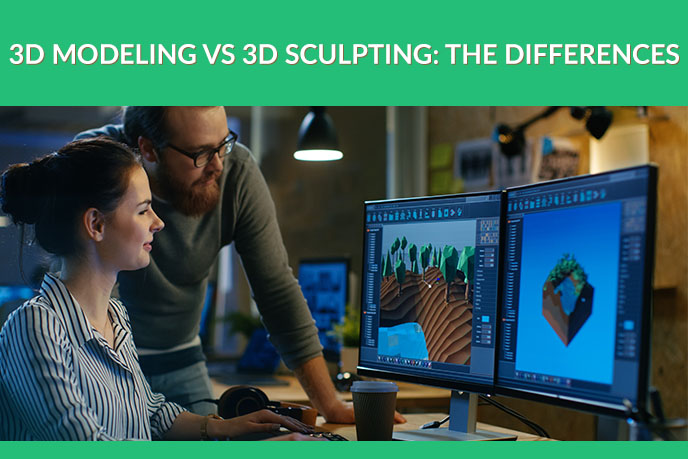
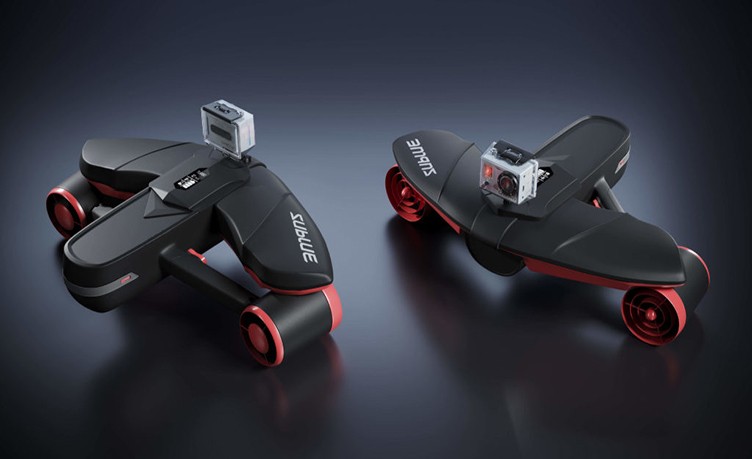
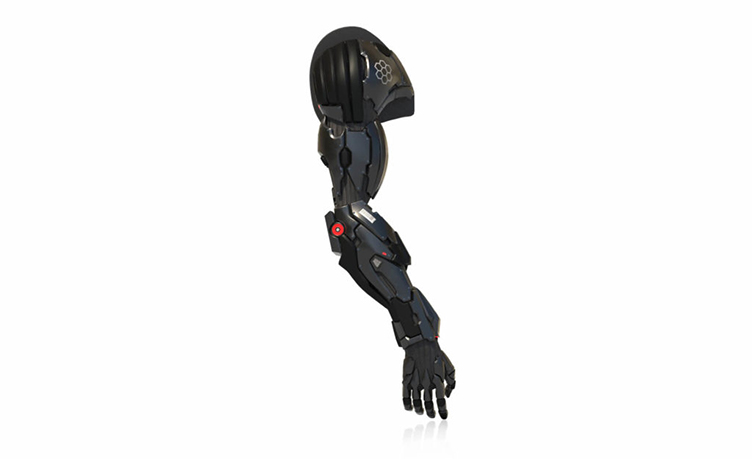

One Comment on “MODELING VS SCULPTING: MAIN DIFFERENCES AND USES”
Use sculpting for character and creature, use modeling for weapon n props, vehicle, and another type of hard surface modeling